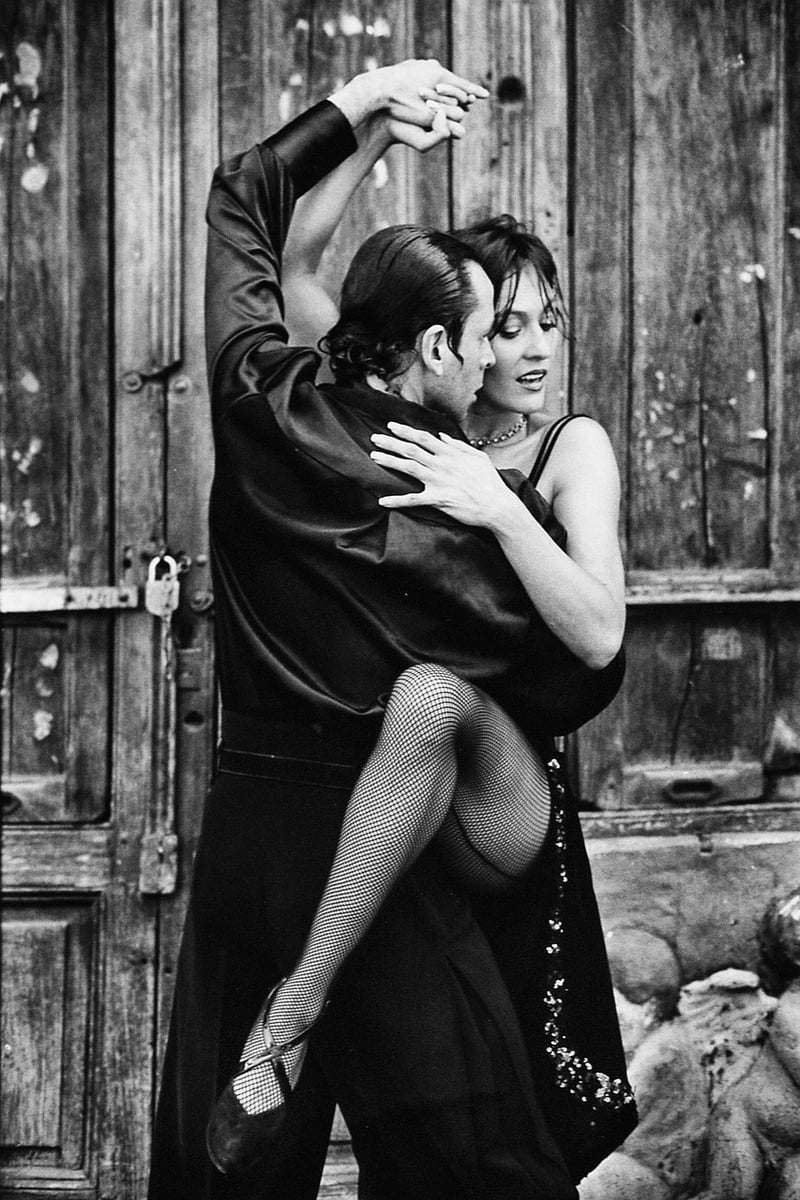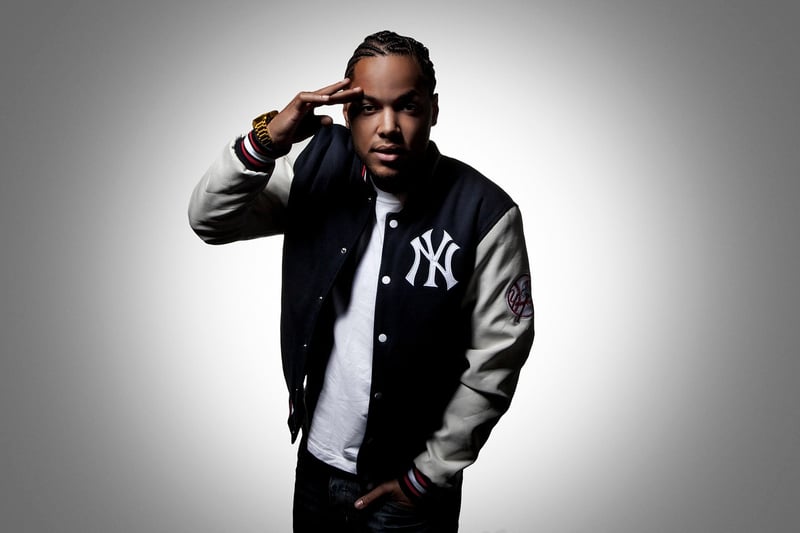Hip Hop
Exploring Expressive Movement Forms in Hip Hop
Hip Hop, often associated with its energetic beats and powerful lyrics, is not only a genre of music but also a culture that encompasses various art forms, including dance. Expressive movement forms within Hip Hop dance play a crucial role in conveying emotions, stories, and personal experiences. Let's dive into the world of expressive movement within Hip Hop.
The Foundation of Hip Hop Dance
Hip Hop dance emerged in the streets of New York City in the 1970s and has since evolved into a global phenomenon. It is characterized by its improvisational nature, individual style, and emphasis on self-expression. Within Hip Hop dance, various styles such as Breaking, Locking, Popping, and House dance provide a diverse range of movements for dancers to express themselves.
Expressive Movement Forms in Hip Hop
Expressive movement forms in Hip Hop go beyond just executing choreography; they involve embodying the music and lyrics through movement. Dancers use their bodies to interpret the rhythm, mood, and message of the music, creating a visual representation of the sound.
1. Isolations
Isolations involve moving specific body parts independently while keeping the rest of the body still. This technique allows dancers to create dynamic and intricate movements that draw attention to different parts of their body.
2. Musicality
Musicality is the ability to interpret musical rhythms and accents through movement. Dancers in Hip Hop often emphasize musicality by hitting beats sharply, syncing their movements with the music's tempo, and adding their unique flair to the choreography.
3. Storytelling
Storytelling is a fundamental aspect of expressive movement in Hip Hop dance. Dancers use gestures, facial expressions, and body language to convey narratives, emotions, and personal experiences. Through storytelling, dancers can connect with their audience on a deeper level.
Embracing Creativity and Individuality
One of the most significant aspects of expressive movement forms in Hip Hop is the emphasis on creativity and individuality. Dancers are encouraged to bring their unique style, personality, and experiences to their performances, allowing them to stand out and make a personal statement through their movements.
Conclusion
Expressive movement forms in Hip Hop dance offer a platform for dancers to express themselves authentically, tell stories, and connect with audiences on a profound level. By mastering techniques such as isolations, musicality, and storytelling, dancers can elevate their performances and create impactful experiences through movement.
So the next time you watch a Hip Hop dance performance, pay attention to the expressive movements that convey a story beyond words.

Keep grooving, keep expressing, and keep embracing the art of Hip Hop dance!
